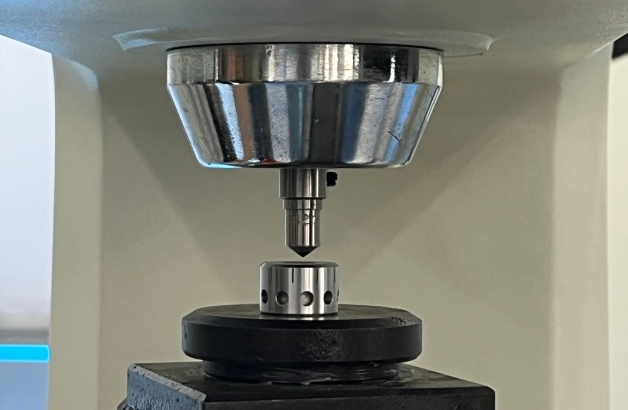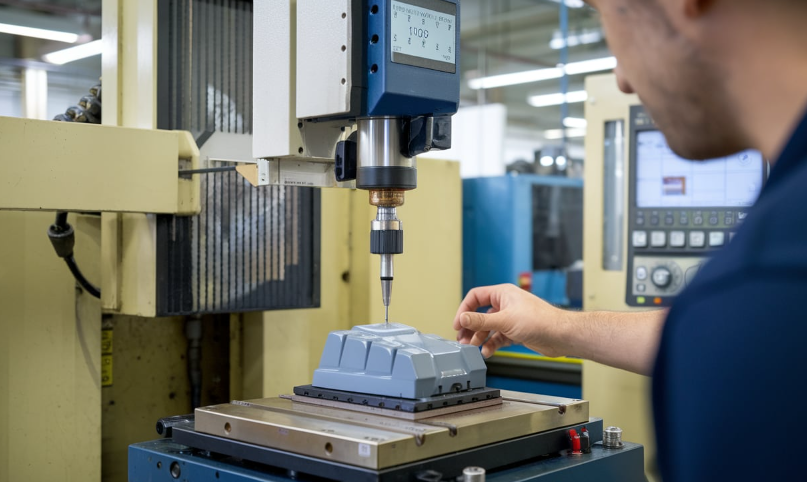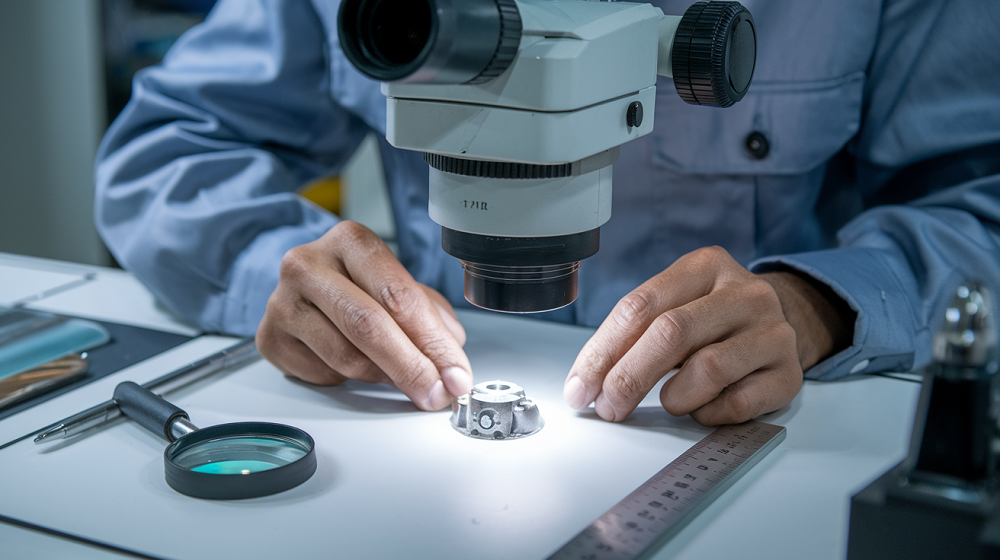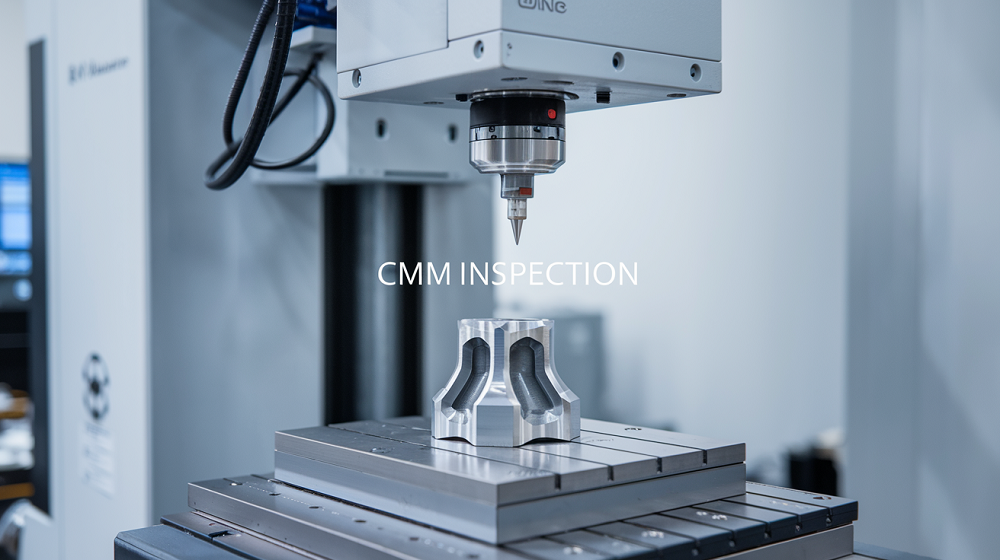-

Corrosion is a persistent challenge to the durability of metals and coatings. As products interact with natural and industrial environments, their surfaces can degrade, impacting performance, safety, and aesthetics. Corrosion test methods, especially the salt spray test, are indispensable in product development, quality assurance, and certification for industries relying on metallic or coated parts. Using standards like ASTM B117 and ISO 9227 ensures reliable, comparable results across the globe. While salt spray testing offers a quick and consistent assessment of corrosion resistance,......
2025.10.23Published by YLRead More -

Raw material quality control in CNC machining ensures that only high-quality materials are utilized in manufacturing. By systematically inspecting and verifying the quality of these materials, manufacturers can assess their composition, mechanical properties, and adherence to industry standards. In this article, we’ll talk about the key material properties to inspect in quality control and how they are inspected. What Is Raw Material Quality Control in CNC Machining? Raw material quality control in CNC machining involves systematically inspecting and verifying the quality of materials b......
2025.4.17Published by LJCRead More -

Sheet metal fabrication is a critical process in manufacturing, requiring precise quality control to ensure components meet exact specifications. This article examines modern inspection methods, advanced tools, and systematic processes used in sheet metal quality assessment. From traditional measurement techniques to cutting-edge optical systems, we’ll explore how manufacturers achieve accuracy and consistency in their sheet metal products. Critical Dimensions in Sheet Metal Inspection Sheet metal parts must meet strict dimensional tolerances to function properly in thei......
2025.4.17Published by YLRead More -

In manufacturing, the smallest imperfection can lead to catastrophic consequences, compromised product integrity, costly recalls, and tarnished reputations. Precision inspection of fabricated products is a critical tool for ensuring quality, safety, and reliability. This article analyzes the types of hidden defects during production, the benefits of precision inspection, cutting-edge technologies/tools, trends for 2025, and how advanced inspection processes like the DORA Test can save costs and improve quality. Hidden Defects in Manufacturing and Their Costs Hidden defects in manufactur......
2025.2.13Published by LJCRead More -

Calculating and managing Cost of Poor Quality (CoPQ) is important to maintain stable sales and improve customer satisfaction. This article will talk about what is CoPQ, as well as accurate inspection methods and benefits in quality control to reduce the cost of poor quality. What Is Cost of Poor Quality (COPQ)? The Cost of Poor Quality (CoPQ) represents the total expenses incurred by an organization due to the production of goods or services that fail to meet established quality standards. This includes financial losses from errors, defects, and inadequate work, and is classif......
2025.1.15Published by LJCRead More -

Inspecting complex shaped parts for defects is a challenging task, especially when the geometry of the part makes it difficult to access all surfaces. Traditional inspection methods can be time-consuming and prone to human error. In this article, we will explore how machine vision systems can be deployed to inspect complex shaped objects holistically, covering all 360 degrees of the surface. Common Challenges in Inspecting Complex Parts Inspecting complex parts presents several common challenges, including hard-to-reach features, maintaining precision across scales, ma......
2025.1.15Published by WCYRead More -
 What is ISO Inspection – ISO-Certified Inspection Importance, Standard, Requirement & How To Prepare
What is ISO Inspection – ISO-Certified Inspection Importance, Standard, Requirement & How To PrepareFor manufacturers in industries such as automotive components, medical devices, or industrial machinery, ISO-Certified Part Inspection is indispensable. They ensure that every part meets strict requirements, functions consistently, and earns the trust of clients and partners. At IPQCCO, we provide professional ISO inspection services to help businesses meet international standards for quality, safety, and efficiency. Below, we’ll share how IPQCCO can support your ISO certification needs, why ISO inspections are important in CNC machining, and the key standards like ISO 9001. and how we ......
2025.1.7Published by YLRead More -

In modern manufacturing, precision and accuracy are essential for ensuring the quality and reliability of parts. Industries like aerospace, automotive, medical devices, and energy demand high standards, and Coordinate Measuring Machine (CMM) inspection has become a key component in meeting these requirements. Here we will explain what CMM inspection is, its benefits, application tools, software, reporting, and even a real-life case to help you understand its importance. 1. What Is CMM Inspection for CNC Machine? A Coordinate Measuring Machine (CMM) is a high-precision devi......
2025.1.6Published by YLRead More